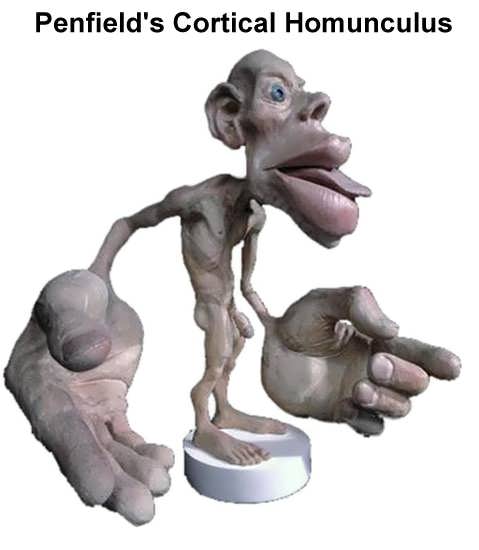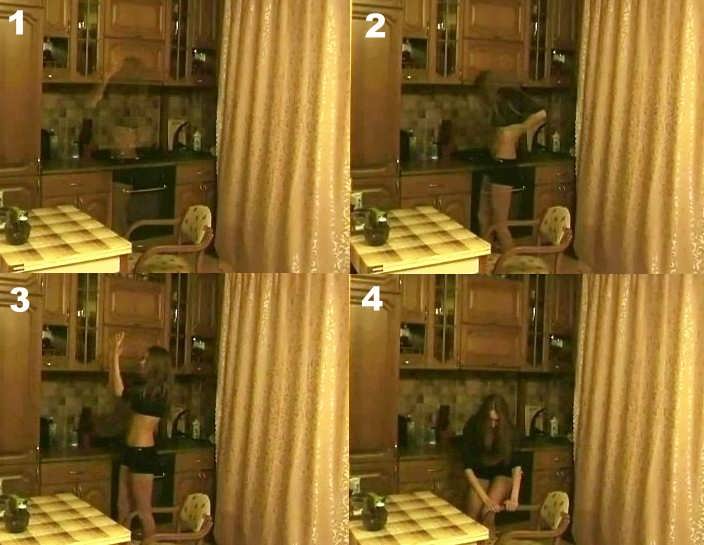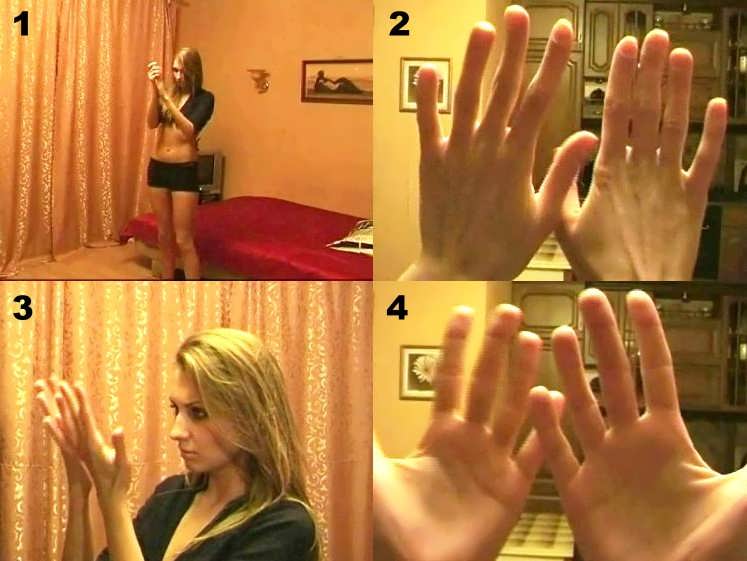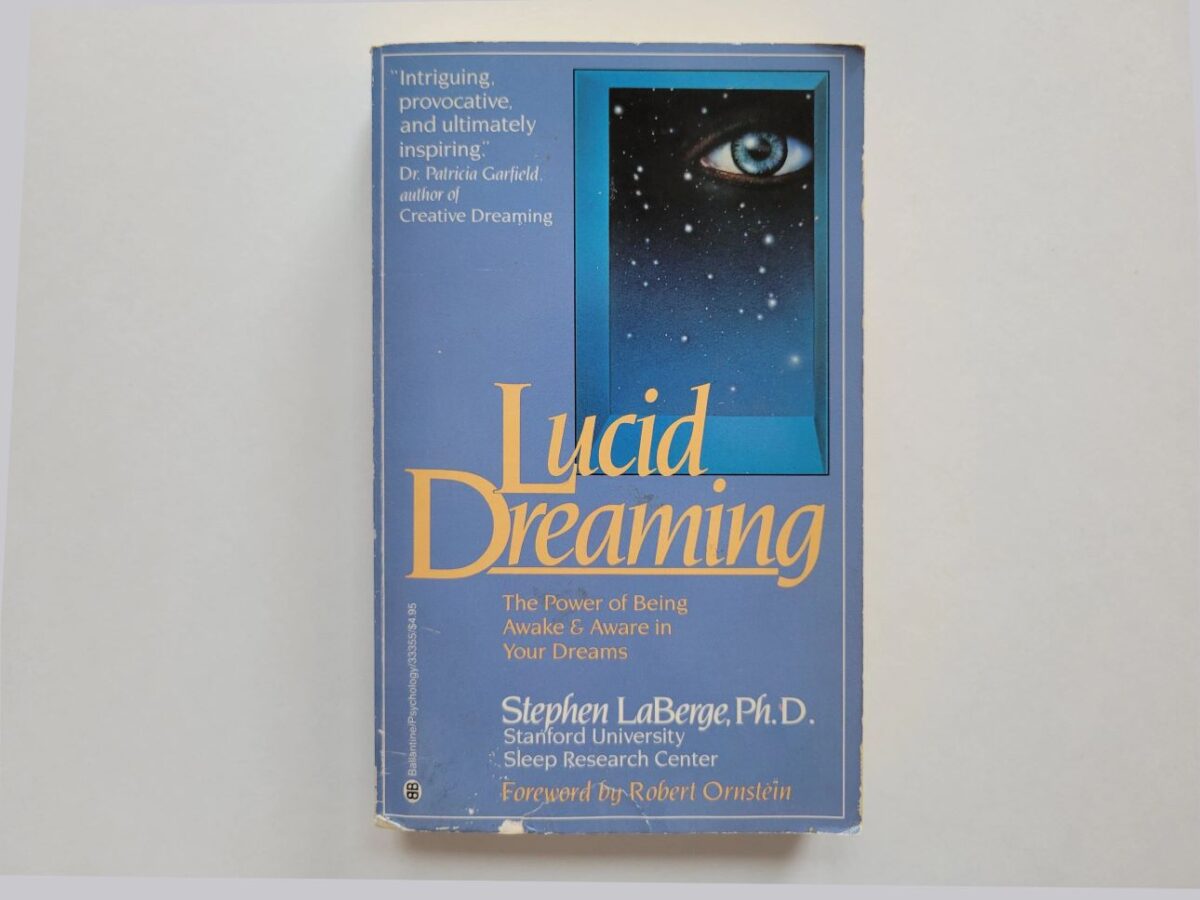Astral Dynamics (1999)
…I awoke at about two in the morning, lying on my back with my whole body vibrating. I could feel myself about to spontaneously project. My arms and legs were already starting to float out. However, I did not want to project. I was tired and had a busy day ahead of me, and just wanted to go back to sleep. I’d been having a very interesting dream up until then and wanted to go back into it if I could. I felt heavy and sluggish but managed to roll onto my left side. The vibrations stopped immediately and the heavy sinking feeling soon left me. Happy now, I snuggled down and relaxed back into myself, concentrating on the dreamscape I had just left and the name I had given it: “Advantage”. I hoped this would take me back into it, as this trick often seemed to work.
After only a few seconds, I popped directly into the dream I’d left earlier. The transition was breathtaking. There was a full continuance of waking consciousness. I did not fall asleep and then wake up within the dream, but projected directly into it from the full waking state. I suddenly appeared in a busy, brightly lit department store, just like the one I’d been dreaming of earlier.
In front of me, a dark-haired young woman was setting up a dining room display. I saw people everywhere, shopping, serving, packing shelves, etc. Everything looked and felt real, stable, and solid. It was simply mind-blowing! I jumped up and down few times to feel the weight of my body, then pinched myself, “Ouch!” This hurt just as it would in real life, and my body weight felt normal. I was fully dressed and could even feel the texture of my socks when I wiggled my toes inside my shoes.
I glanced at my hands. They looked normal and did not melt. I tried creating an apple in my hand, but nothing happened. The dreamscape I was in did not waver in the slightest. Curious, I thought, in a normal lucid dream the environment can be altered and anything can be created by imagining it. Regardless, I was fully aware that I was dreaming.
I walked over to the young woman and asked her what she was doing. She told me they were getting ready for the big day, whatever that was. I picked up a large vase of flowers from the table in the middle of her furniture setting. The china felt like real china and the flowers smelled like real flowers. I pulled a rose petal off and ate it. It tasted dry, scented, and faintly bitter, just as a rose petal should taste, but the taste did not linger in my mouth as it normally would, I tipped the vase and splashed some of the water into my hand. It felt cold and wet, just like real water.
I braced myself, hoping that I was truly inside a lucid dream as I believed. I yanked the linen tablecloth from under the main table setting in the display. It almost worked, but the vase and a couple of plates smashed noisily on the floor. A few people looked, but no one seemed to care about the breakage, not even the shop assistant whose display I had just ruined. She went on unpacking and arranging things as if nothing had happened, shaking out another linen tablecloth as she busied herself resetting the table.
More confident now, I walked down an aisle and pushed over several large pieces of cheaplooking pottery from the top shelf, one at a time. I looked around to see if anyone noticed. These made very loud smashing sounds and broken pieces flew in all directions. A few people looked over, but no one seemed to care. Reassured by this, I walked over to the checkouts and jumped up onto one of the benches. A few people looked at me, but no one seemed to care and no one said anything.
I slipped back into my body and rolled onto my back thinking, “Wow! That was incredible … so real!” I fought to control my excitement and settled back into myself again, trying to get back into the dream. This was getting really interesting. I held the store and its name in mind again and tried to sink back into it, but to no avail. The vibrations started up again and I felt myself starting to project. This time the projection reflex caught hold and buzzed me out of my body. I came to rest at the foot of my bed. The house was dim and quiet as I floated around my bedroom deciding what to do. I took a quick look at my hands. They looked strangely elongated and started melting away.
Not wanting to continue the OBE, I dove back into my body and opened my eyes. I lay there for a moment, then closed my eyes and tried to get back into the dream. The vibrations started up again and another wave of falling, floating heaviness came over me as I started projecting again. I fought it off and rolled over onto my right side. The projection symptoms stopped, but I couldn’t get back into my dream. I rolled over onto my left side and settled back into myself again. This position felt much better. Holding the image and name of the dreamscape in mind again, I soon found myself back there.
I reappeared in the store where I had started during my last visit, several minutes ago. The same shop assistant was busily setting up the same dining display. The vase I’d broken earlier was whole again and back on the table where it had been earlier. I walked through the store, looking for signs of damage from my earlier visit. Everything I had broken earlier was whole and back on the shelves again. It was like nothing had ever happened. This was incredible! No matter what I did, the scenario restored itself.
I slipped back into my body again and rolled over to my back, trying to settle myself and get back into my dream. I think my excitement had interrupted it. The vibrations started again, so I rolled over to my left side again. I was getting the hang of this now, and realized that projecting into the dream was much easier from my left side. Settling back into myself and holding the store’s image and name in my mind again, I slipped back into the store. Everything was normal and I was back where I had originally started from again, with the same young lady busily setting up her dining display. She
looked up and smiled as I waved, then happily went about her work. I decided to explore further afield before anything else happened, and walked out past the service desk into the mall. I walked for some time, exploring the huge mall. There were a fair number of people around.
Everyone seemed very busy shopping, or preoccupied with whatever they were doing. Of note, all the children I saw were very quiet and well behaved, walking like polite little robots beside their mothers.
There was some light background organ music playing and the usual noise of people quietly bustling about. A few people were talking on telephones here and there, but no one seemed to be chatting or talking to each other. People answered when questioned, but their replies were uninteresting and not very helpful. It seemed impossible to start a conversation that did not involve talking about the person’s immediate task at hand.
Everyone seemed to lack personality, like background characters in a movie. On the surface this dreamscape was incredibly real, maybe too real, but beneath the surface it lacked something.
This looked like real life, but was definitely not the same type of real life I am familiar with.
I had decided to look for a way out of the mall and do some further exploring when I suddenly felt weak and heavy. The strength flowed out of me and I felt like I was moving in slow motion. My legs floated slowly upward as I fell ever so slowly to the floor, settling there weak and paralyzed.
People stepped over and around me as I lay there, but no one paid any attention to me. I felt like a child’s balloon bobbing about on the floor. I was weak and heavy and could no longer feel the normal weight of my body, nor could I feel the floor beneath me.
I slipped back into my body again, coming wide awake this time. I rolled over to my back and lay there pondering the significance of these experiences. The vibrations did not start up this time, probably because I was pretty much wide awake now. It was obvious to me that my resting position had been affecting the different types of experiences I’d been having. I was far too excited and wide awake by now to do any kind of further exploration with this phenomenon, so I gave up and went to get a drink and record this experience in my journal…












